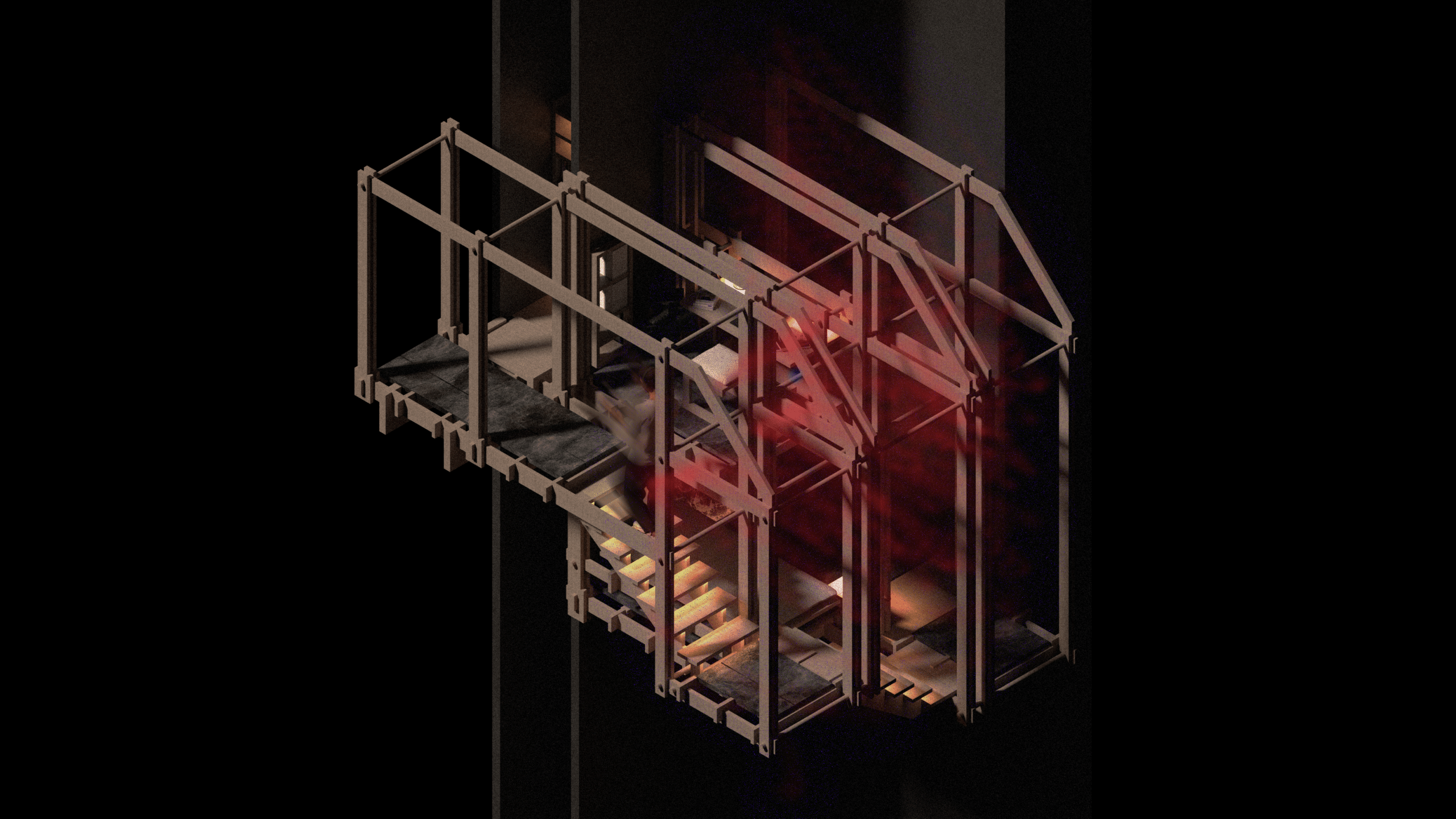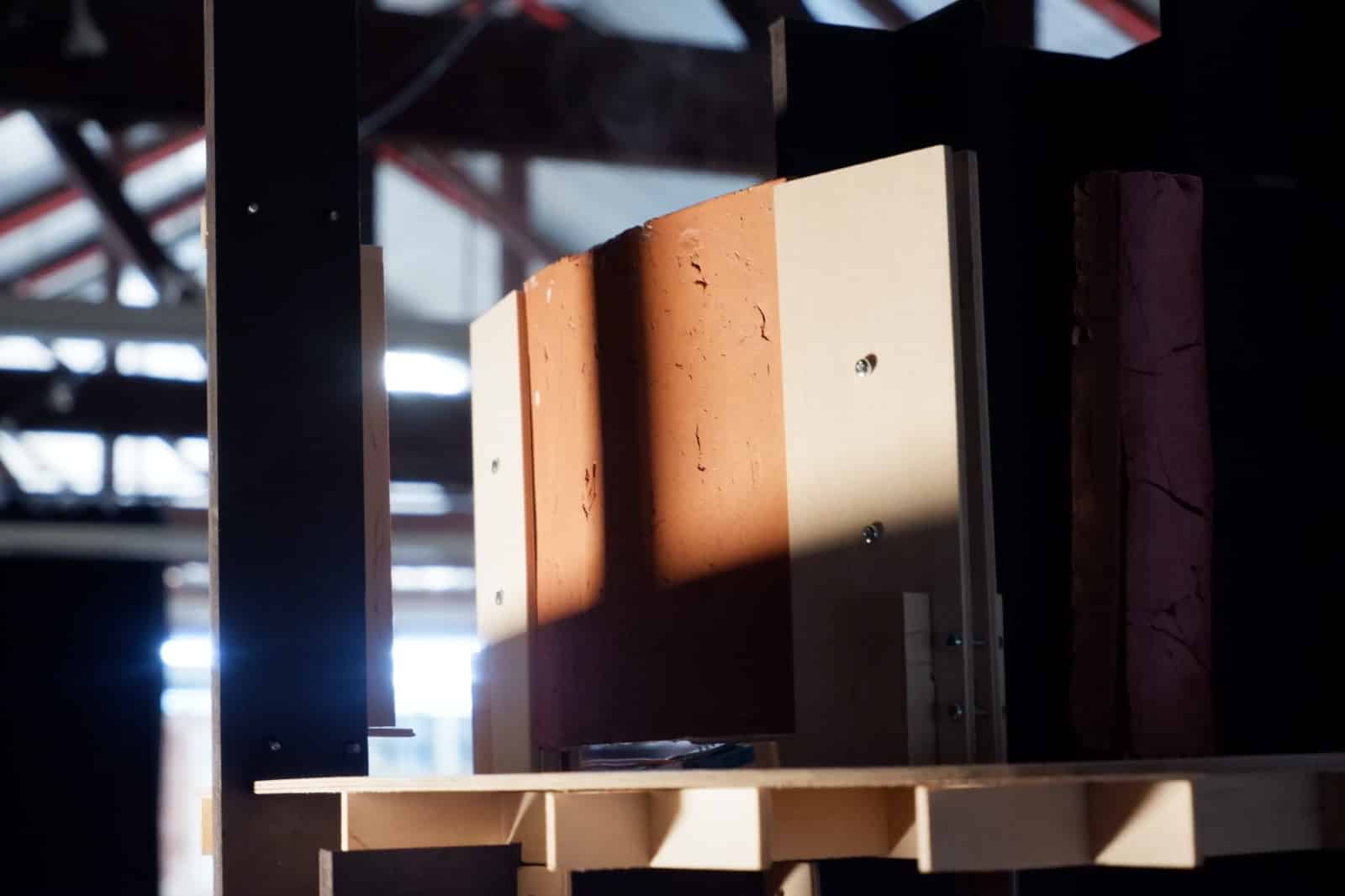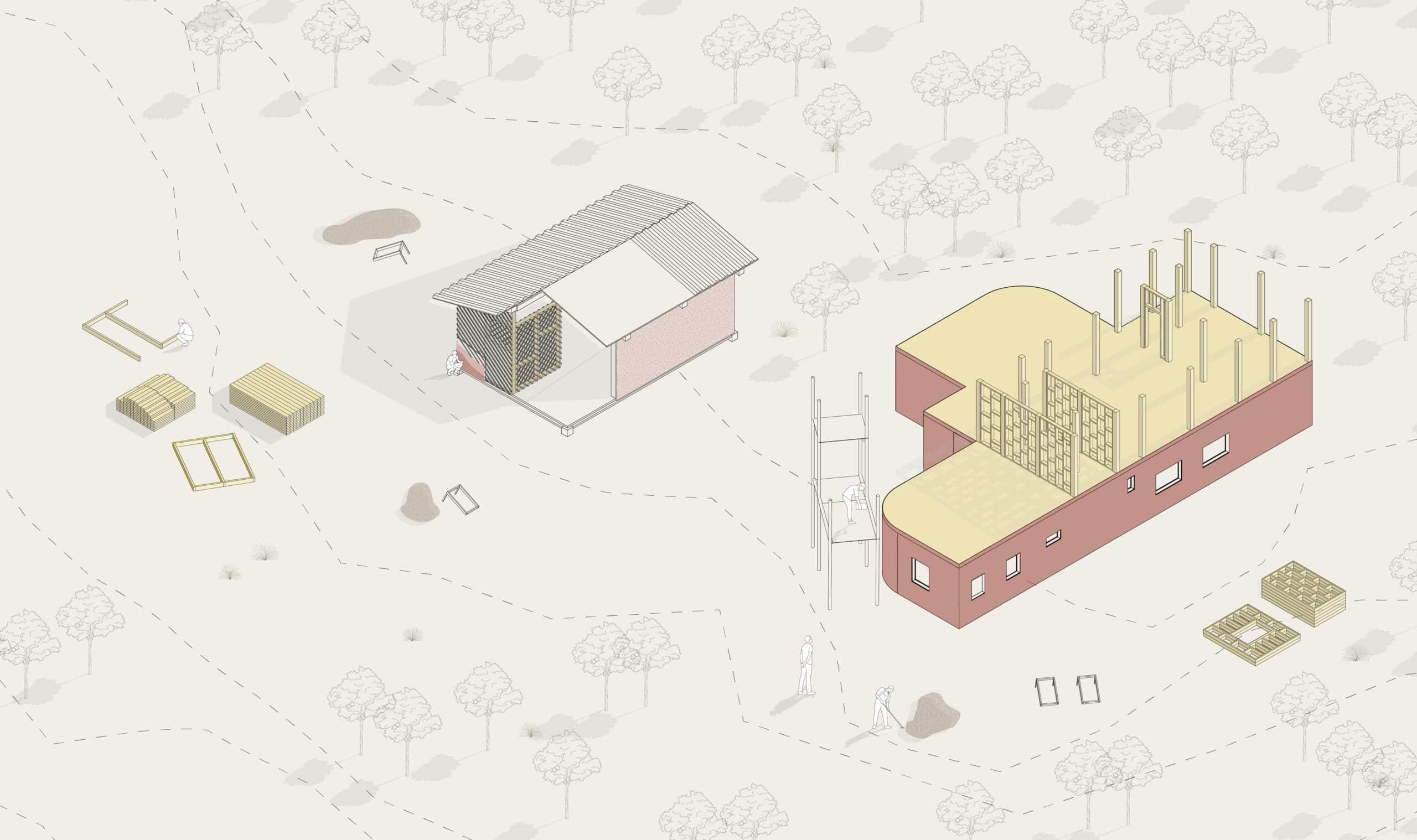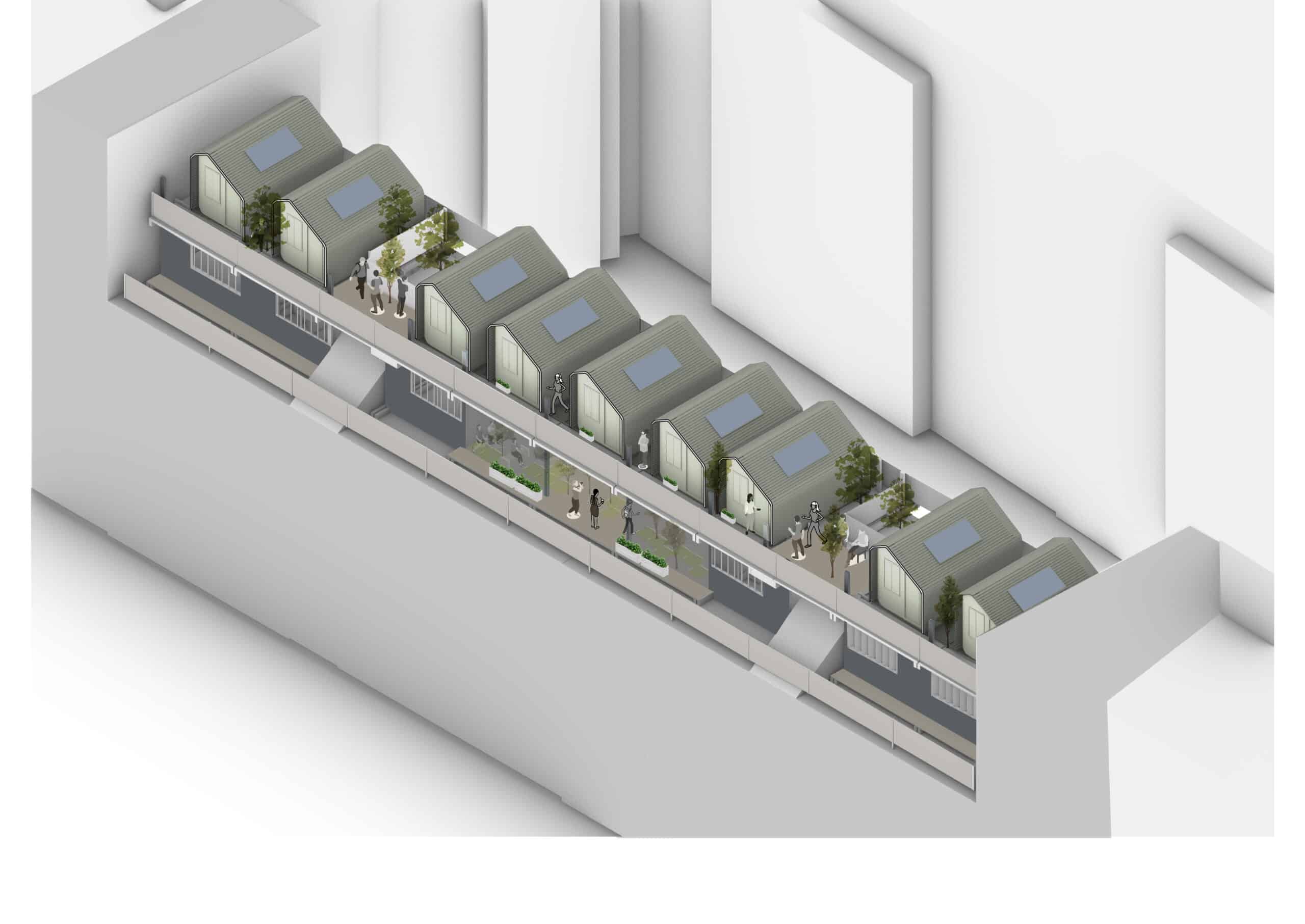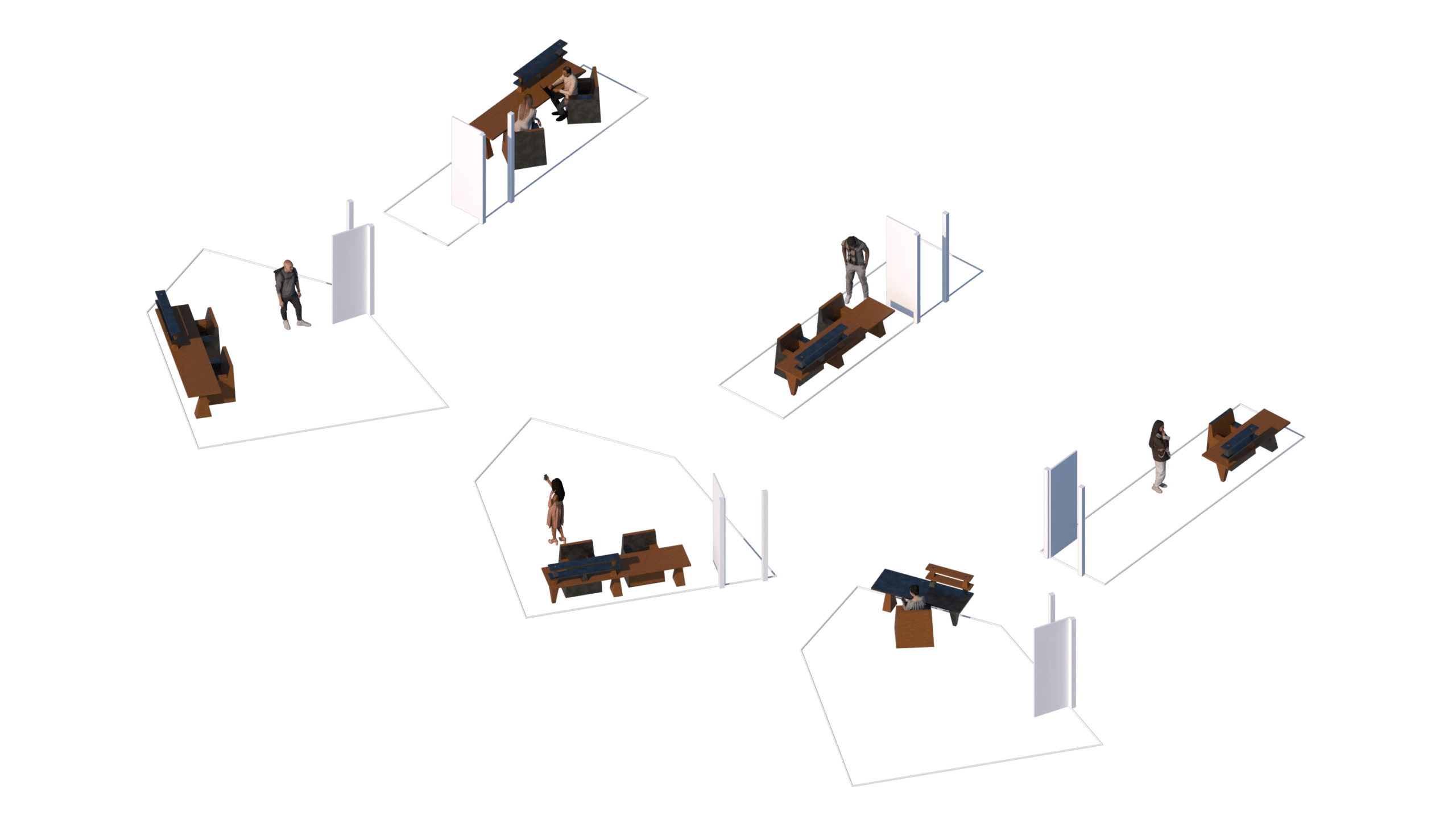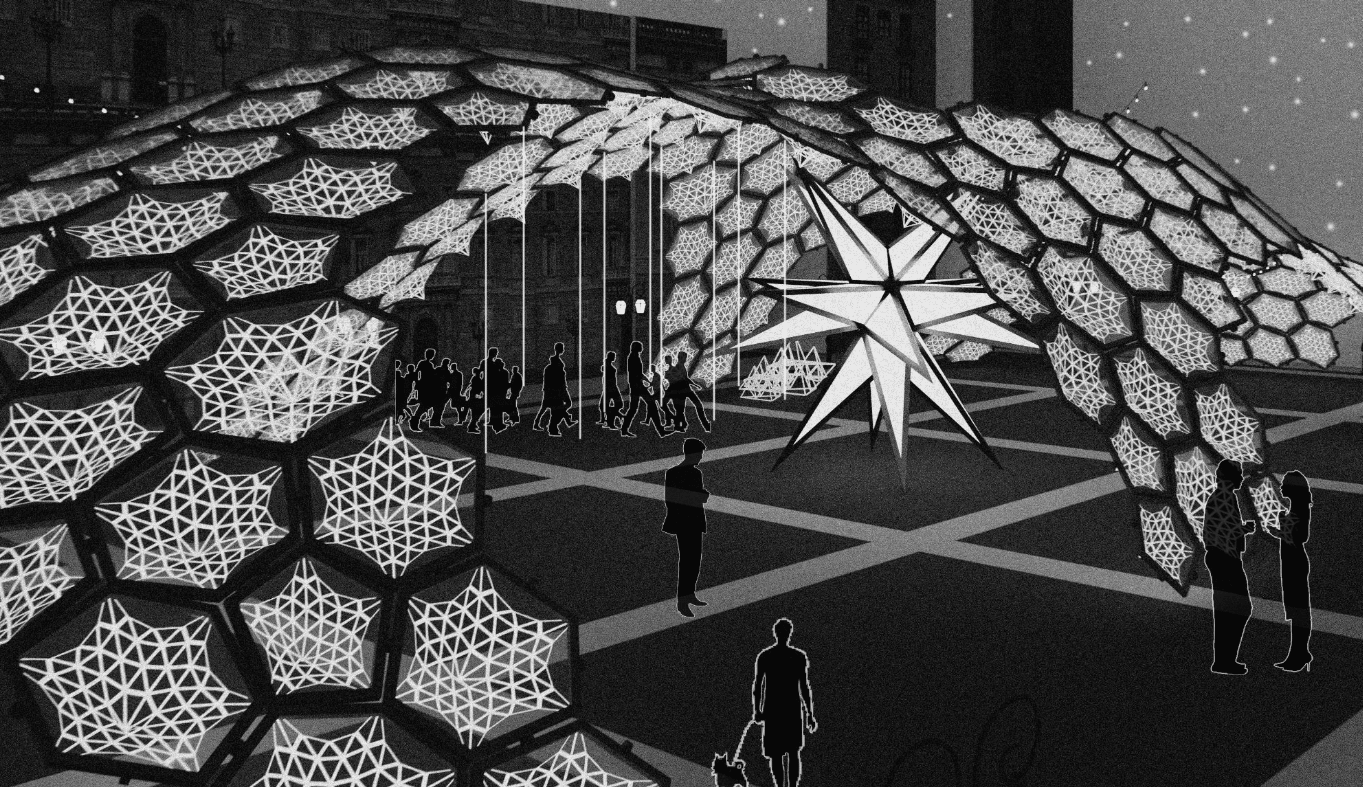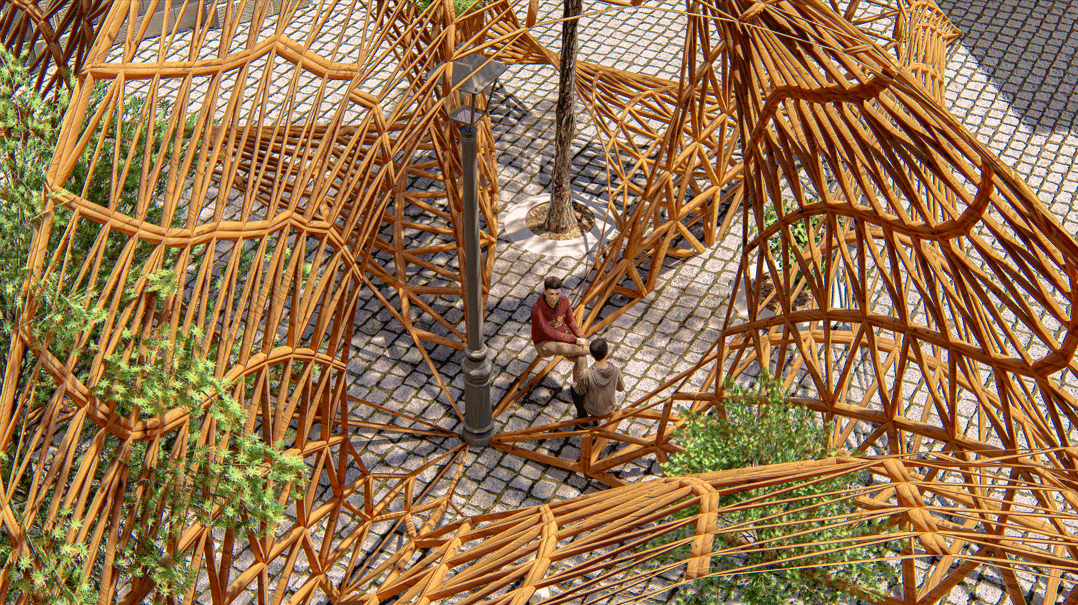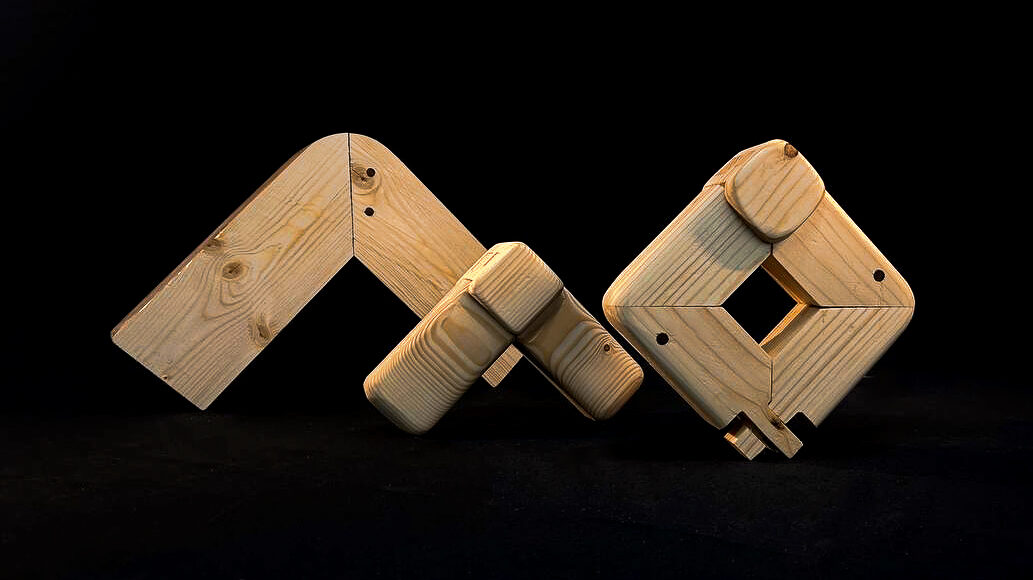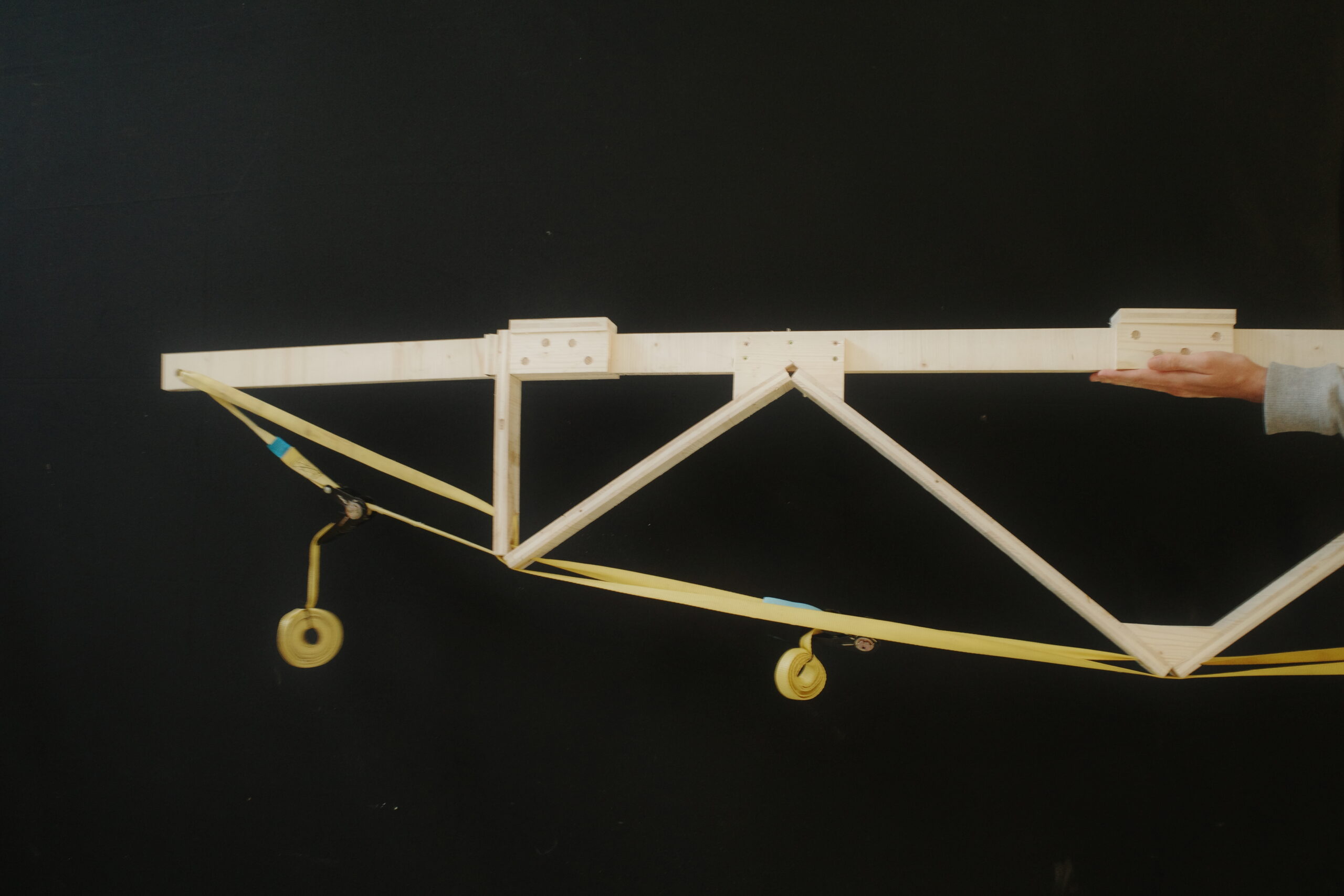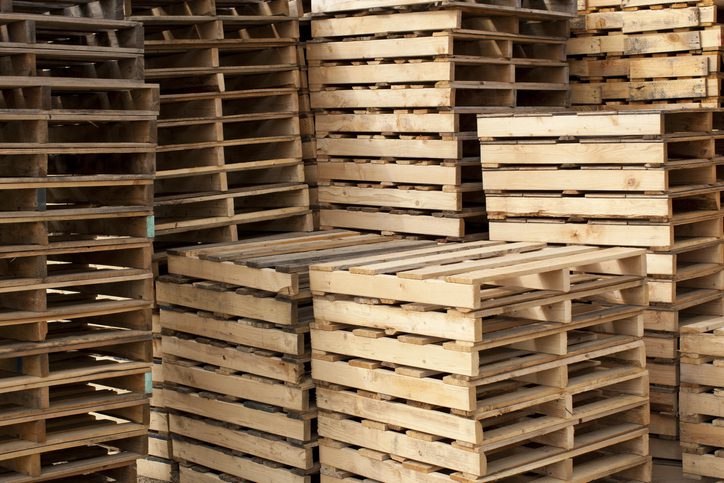The MAA is a visionary master program with an innovative and open structure, mixing diverse disciplines, shaping professionals capable of producing theoretical & practical solutions towards responsive cities, architecture & technology.
Thermocrest – Heat as a spatial design tool
This Project explores how reflective, vernacular materials—such as ceramics—can be utilized in construction to manage infrared radiation and influence microclimates. By reflecting rather than absorbing heat, these materials contribute to passive cooling, reducing urban heat island effects and enhancing thermal comfort. We analyze the physical properties of ceramics, their historical applications in traditional architecture, and … Read more
KINXA
KINXA aims to bring vernacular construction back into contemporary architecture by systemizing traditional “quincha”. At the same time, through a redesigned material system, KINXA seeks to take advantage of local resources and lower even more its precedent carbon footprint. Quincha is a technique prevalent in Latin America which consists of the use of a wood … Read more
Optoppen
Optoppen refers to the concept of adding prefabricated structures on top of existing rooftops to maximize space efficiently. Myy project focuses on addressing housing demand challenges by exploring lightweight housing extensions on existing buildings. My project focuses on addressing housing demand challenges by exploring lightweight housing extensions on existing buildings. Housing Shortage History Why are … Read more
Directional strength
This research explores the optimization of glulam in architectural design by aligning material grading and grain orientation with force trajectories. Combining glulam offcuts and higher-grade timber, the study minimizes waste while maximizing structural efficiency. Computational workflows and generative algorithms are used to design force-aligned components for scalable applications. Prototypes demonstrate enhanced performance and sustainability, offering … Read more
PYRAMID
Design Your Own Custom Office Furniture with a Few Clicks! Our platform enables users to create personalized office furniture layouts tailored to their space and preferences. Instead of choosing from standard options, this tool allows you to generate optimized designs instantly, making workspace planning efficient and flexible. Core Concept We believe that office furniture should … Read more
Constellation
Site: Pl. de Sant Jaume Plaça de Sant Jaume, located in Barcelona’s Gothic Quarter, is a historic and political hub, home to the City Hall and Palau de la Generalitat. As a central urban space, it offers a dynamic blend of civic activity, tourism, and cultural events. The square’s rectilinear layout, flanked by neoclassical façades, … Read more
Sant Felip Neri Pavilion
Master in Advanced Architecture Computational Design Seminar Yetkin Demir / Giovanny Gordillo SITE Placa De Sant Felip Neri is a small square located in the Gothic quarter. Bearing scars from the Spanish Civil War in 1938, this plaza holds a tragic past. Surrounded by the church and mixed use buildings, this square serves as a … Read more
KOMA
can robots and humans work hand in (hand) to create beautiful architecture? KOMA is a contemplative space, designed to be set in the landscape and allow for peaceful viewing, the form of KOMA is parametric and is able to sway with the wind through the use of tensile cables. The vertical timber elements were placed … Read more
JOIN(x)
investigative research into creating a catalogue of joinery methods, varying in complexity and geometries. At the same time, integrating a new workflow of design to mill fabrication using new components such as D2P & TasMachine to create sophis`iticated digital models and manage complexity. precedence first day / manual studies on our first day, we picked … Read more
LOCKS + KEYS: Joinery Exploration
What is craft? Craft as an area of exploration. Seeking to push our boundaries of fidelity and artistry with an acknowledgment of use; The merge between form and function, allowing for endless opportunity. With this project our group’s aim was to explore the intricacies of craft in joinery, and to gain an appreciation of the … Read more
LamiCore
Case Study People’s Pavilion – Overtraders Iterations Option 1 Option 2 Displacement Analysis Utilization Analysis Roof Load Analysis Scavenged Timber BEAM TEST DESIGN – BUILDING 3D-Exploration Fabrication Beam Test Load – Deflection Analysis Failure + Improvements Beam Test v/s Karamba Analysis Karamba Analysis Summary Grasshopper Script Embodied Carbon Detail
Truss & Timber
Overview of the three variations Diagrams Option selected Beam design options Beam design selected Karamba Assembly diagrams Assembly + Physical model Failure moment Collapse of the installation Karamba analysis Improvement option Embodied CO2 Personal conclusions
Structural Design Essentials: Wood beam
FABRICATION PROCESS BEAM TEST -Beam test with interlocking shear panels positions at splice in bottom and top flanges. -Failure is located in the shear panel where the bottom splice is located. -The physical beam test differs with the Karamba analysis due to the screws location and the wood quality. The karamba analysis does not have … Read more
Stability Split
Stability Split project explores sustainable construction using scavenged materials and recycled wood for a structural beam. In the first phase, a case study of the Google headquarters in London was analyzed using Karamba software to explore structural efficiency and redesign its system. Two design options—arched and stacked—were proposed as alternatives to improve structural performance and … Read more
Palette Beam
For the creation of our recycled beam we chose to repurpose parts of a wooden pallet that we found on the street, transforming discarded material into a functional structural element. This approach not only demonstrates the potential of upcycling in construction but also highlights sustainability by reducing waste and giving new life to materials that … Read more

